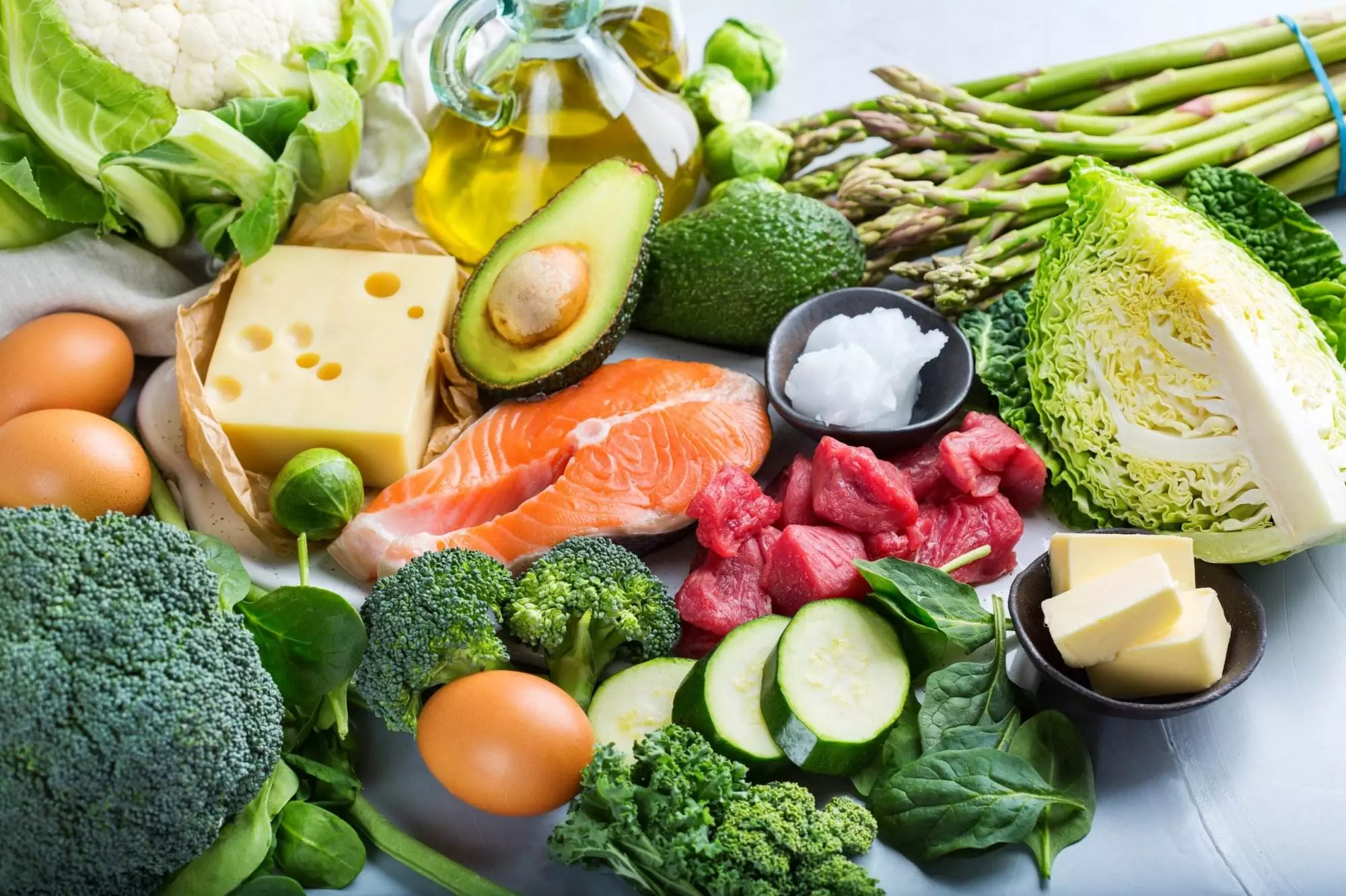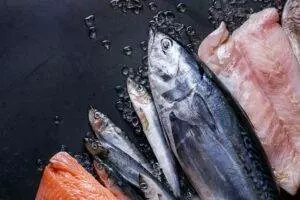
How Does the Keto Diet Work and What Foods Can I Eat
The ketogenic diet, also known as the keto diet, is a low-carb, high-fat diet that has become increasingly popular in recent years. The goal of this diet is to get your body into a state of ketosis, where it burns fat instead of carbohydrates for energy. This can lead to weight loss and improved health markers such as blood sugar control and cholesterol levels.
Foods to Eat on a Keto Diet
When following a keto diet, you will want to focus on eating foods that are rich in healthy fats and moderate in protein. Some examples include:
Grass-fed beef, lamb, pork, and poultry
Fish, including salmon, tuna, mackerel, and sardines

Nuts and seeds, including almonds, walnuts, flaxseeds, and chia seeds
Avocado, olives, olive oil, coconut oil, and butter
Low-carb vegetables, including leafy greens, broccoli, cauliflower, and Brussels sprouts
Berries, including blueberries, raspberries, and strawberries (in moderation)
Benefits of the Keto Diet
There are several potential benefits associated with following a keto diet, including:
Weight loss: By reducing carbohydrate intake and promoting fat burning, many people experience rapid weight loss on a keto diet.
Improved blood sugar control: Since the keto diet helps regulate insulin levels, it may improve blood sugar control for those with type 2 diabetes or prediabetes.
Reduced inflammation: High amounts of omega-6 polyunsaturated fats found in many processed foods contribute to chronic inflammation. On a keto diet, however, you consume more anti-inflammatory omega-3 fats from sources like fish and nuts.
Boosted brain function: Studies suggest that ketones, which are produced when your body burns fat for fuel, may help support cognitive function and reduce symptoms of neurological disorders like Alzheimer’s disease.
Getting Started With the Keto Diet
Transitioning into a ketogenic lifestyle can take some time, so it’s important to start slowly and gradually decrease your carbohydrate intake over several weeks. Here are some tips for getting started:

Eliminate sugary drinks and processed foods from your diet
Increase your consumption of healthy fats by adding avocados, nuts, and oils to meals
Gradually reduce your carbohydrate intake while increasing your protein and fat consumption
Common Misconceptions About the Keto Diet
While the keto diet has gained popularity in recent years, there are still some misconceptions surrounding this trendy weight loss plan. Here are a few common myths busted:
Myth #1: All fruits are off-limits on a keto diet.
While some fruits are higher in carbs than others, many lower-carb options like berries are allowed on a keto diet in moderation.
Myth #2: You need to count macros on a keto diet.
While tracking macronutrient totals can be helpful for some people, it’s not necessary to follow a keto diet. Instead, focus on consuming enough healthy fats and limiting your carb intake.
Myth #3: You have to eat a lot of meat on a keto diet.
While animal products are an important source of nutrients on a keto diet, you don’t have to eat large portions of meat to reap the benefits. Focus on incorporating a variety of proteins into your meals.

